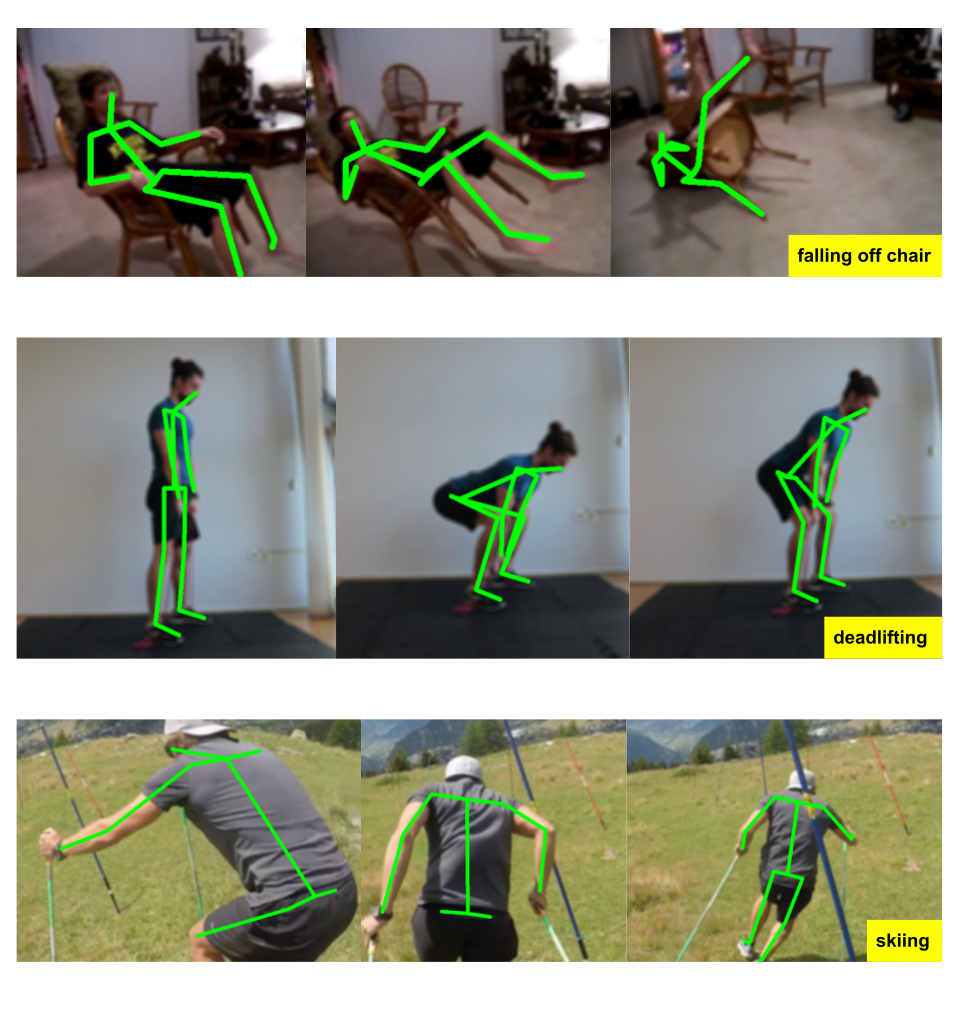Hi there, I'm Anirudh Thatipelli!
I am an MS CS student at UC Riverside. Previously, I worked as a research intern at Computer Vision Lab at MBZUAI. I am fortunate to be advised by Dr. Sanath Narayan and Dr. Fahad Shahbaz Khan. At MBZUAI, I am working on research projects dealing with Few-shot learning and Action Recognition. Before this, I also spent some fantastic time at CVIT, IIIT Hyderabad where I worked under Ravi Kiran Sarvadevabhatla on the problem of skeleton action recognition. In summer of 2018, I have also worked on the topic of medical imaging under Jayanthi Sivaswamy. I briefly worked for Dell Internation Services as a software development intern. I am glad to be surrounded by excellent collaborators and mentors who helped me push beyond my boundaries.
Email / Google Scholar / Twitter / Github / Linkedin / Resume/CV
I have started this blog to share and gain knowledge. I will be posting about my projects, interests and the stuff I do.
I have added question papers, assignments of my courses at Shiv Nadar University.
|
I am broadly interested in developing models that can learn from limited data and few training samples. Most of my research is developing such models for the task of Action Recognition. |

|
Anirudh Thatipelli, Sanath Narayan, Salman Khan, Rao Muhammad Anwer, Fahad Shahbaz Khan, Bernard Ghanem CVPR 2022 paper / code
|

|
Pranay Guptan, Anirudh Thatipelli, Aditya Aggarwal, Shubh Maheshwari, Neel Trivedi, Sourav Das Ravi Kiran Sarvadevabhatla International Journal of Computer Vision (IJCV), Special Issue on Human pose, Motion, Activities and Shape in 3D, 2021 paper / code
|

|
Neel Trivedi, Anirudh Thatipelli, Ravi Kiran Sarvadevabhatla [ORAL] 12th Indian Conference on Computer Vision, Graphics and Image Processing(ICVGIP, 2021) paper / code
|